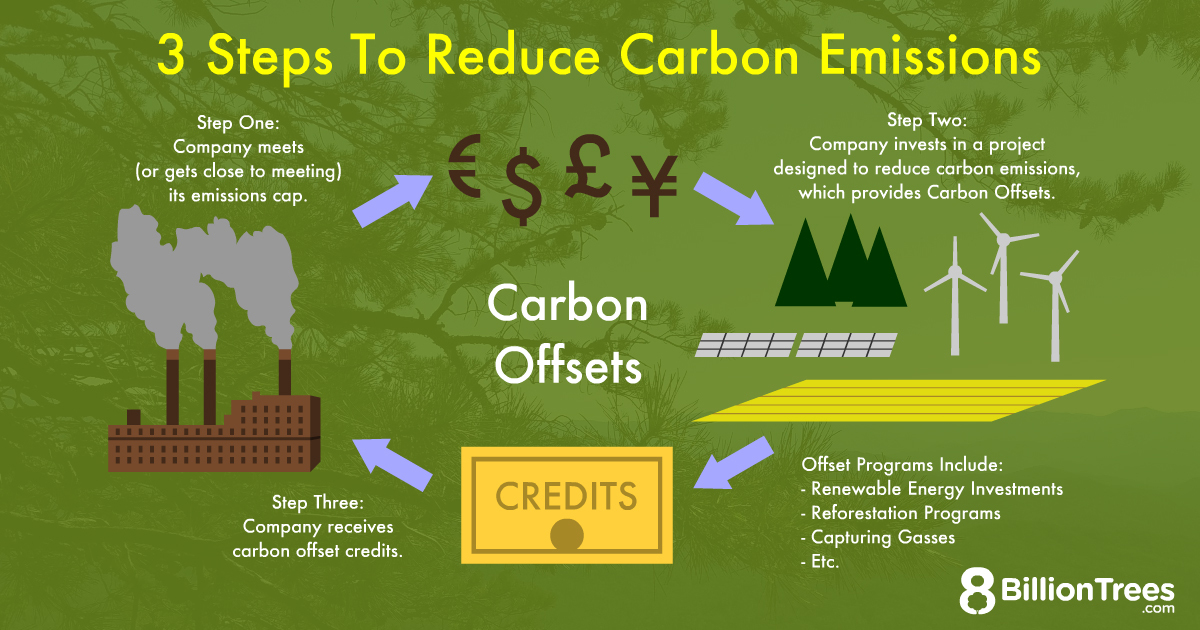In an era by growing environmental challenges and concerns, the concept of reducing one’s carbon footprint has emerged as a key strategy for combating climate change, protecting the planet, and fostering sustainable living practices. Your carbon footprint refers to the total amount of greenhouse gases emitted as result of your daily activities, energy consumption, and lifestyle choices. By taking proactive steps to reduce your carbon footprint, you can minimize your impact on the environment, conserve natural resources, and contribute to a healthier, more sustainable future for all. Within this article, we will explore practical ways to reduce your carbon footprint through simple yet impactful actions that promote eco-friendly living and environmental conservation.
1. Embrace Energy-Efficient Practices to Lower Your Carbon Footprint:
One of the most effective ways to reduce your carbon footprint is by adopting energy-efficient practices in your daily life. Switch to LED light bulbs, unplug electronic devices when not in use, and utilize energy-saving appliances to minimize electricity consumption and lower your carbon emissions. By optimizing your home’s energy efficiency, you can significantly reduce your carbon footprint while also saving money on utility bills in the long run.
2. Reduce, Reuse, and Recycle to Minimize Your Carbon Footprint:
Implementing the principles of reduce, reuse, and recycle is a simple yet impactful way to lower your carbon footprint and minimize waste generation. Choose reusable items over single-use products, recycle paper, plastic, and glass materials, and compost organic waste to divert them from landfills. By practicing waste reduction and resource conservation, you can play a vital role in reducing greenhouse gas emissions and promoting a circular economy that values sustainability and environmental stewardship.
3. Opt for Sustainable Transportation Options to Decrease Your Carbon Footprint:
Transportation is a significant contributor to carbon emissions, making it essential to opt for sustainable modes of travel to lower your carbon footprint. Consider walking, biking, carpooling, or using public transportation instead of driving alone in a vehicle to reduce greenhouse gas emissions and air pollution. If feasible, explore electric vehicles or hybrid cars as eco-friendly alternatives that offer lower emissions and greater energy efficiency, contributing to a cleaner and greener environment.
4. Support Renewable Energy Sources to Offset Your Carbon Footprint:
Supporting renewable energy sources such as solar, wind, or hydropower is a proactive way to offset your carbon footprint and promote the transition to clean, sustainable energy systems. Consider installing solar panels on your home, purchasing renewable energy credits, or opting for green energy suppliers to reduce your reliance on fossil fuels and support the development of renewable energy infrastructure. By embracing clean energy solutions, you can reduce your carbon emissions and contribute to a more resilient and sustainable energy future for generations to come.

5. Practice Water Conservation to Lower Your Carbon Footprint:
Water conservation plays a vital role in reducing your carbon footprint by minimizing energy consumption associated with water heating, treatment, and distribution processes. Fix leaky faucets, install water-efficient fixtures, and limit water waste in daily activities such as showering, dishwashing, and laundry to conserve water and lower your carbon emissions. By practicing water conservation, you not only reduce your environmental impact but also contribute to the preservation of freshwater resources and ecosystems that are essential for a sustainable future.
6. Cultivate Sustainable Eating Habits to Reduce Your Carbon Footprint:
The food we consume has a substantial impact on our carbon footprint, with the production, transportation, and disposal of food contributing to greenhouse gas emissions. Opt for locally sourced, seasonal, and organic foods to reduce the carbon footprint of your diet and support sustainable agriculture practices. Incorporate more plant-based meals into your diet, minimize food waste, and support sustainable food producers to lower your environmental impact and promote a more climate-conscious approach to eating.
7. Green Your Home with Eco-Friendly Upgrades to Decrease Your Carbon Footprint:
Greening your home with eco-friendly upgrades and sustainable practices can significantly reduce your carbon footprint and enhance your living environment. Consider installing energy-efficient windows, improving home insulation, and investing in programmable thermostats to optimize energy usage and reduce heating and cooling-related emissions. Explore renewable heating and cooling systems, such as geothermal or air-source heat pumps, to lower your carbon emissions and create a more sustainable and comfortable living space.
8. Support Environmental Conservation Efforts to Mitigate Your Carbon Footprint:
Engaging in environmental conservation efforts and supporting conservation organizations is a proactive way to mitigate your carbon footprint and contribute to the protection of natural ecosystems and biodiversity. Volunteer for local conservation projects, participate in community clean-up initiatives, or donate to environmental causes to support conservation efforts that preserve habitats, reduce deforestation, and combat climate change. By actively participating in conservation activities, you can make a positive impact on the environment and help safeguard the planet for future generations.
9. Educate Yourself and Others on Climate Change Solutions to Address Your Carbon Footprint:

Education and awareness play a crucial role in addressing climate change and reducing your carbon footprint by understanding the causes, impacts, and solutions to environmental challenges. Stay informed about climate change issues, seek out reliable sources of information, and engage in discussions on sustainability and environmental stewardship to deepen your knowledge and inspire positive action. Share your insights with others, raise awareness on climate change solutions, and advocate for policies and practices that promote a low-carbon, sustainable future for all.
10. Advocate for Sustainable Practices and Climate Action to Lower Your Carbon Footprint:
In conclusion, advocating for sustainable practices and climate action is a powerful way to lower your carbon footprint and drive positive change on a broader scale. Speak up for environmentally responsible policies, support climate-conscious initiatives, and engage with decision-makers to promote sustainable practices and reduce greenhouse gas emissions in your community and beyond. By advocating for sustainable solutions and climate action, you can amplify your impact, inspire others to take meaningful steps towards reducing their carbon footprint, and contribute to a more resilient, sustainable, and climate-friendly world for present and future generations.












